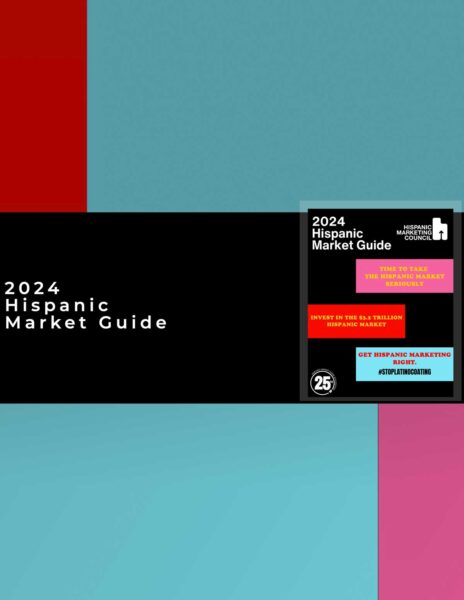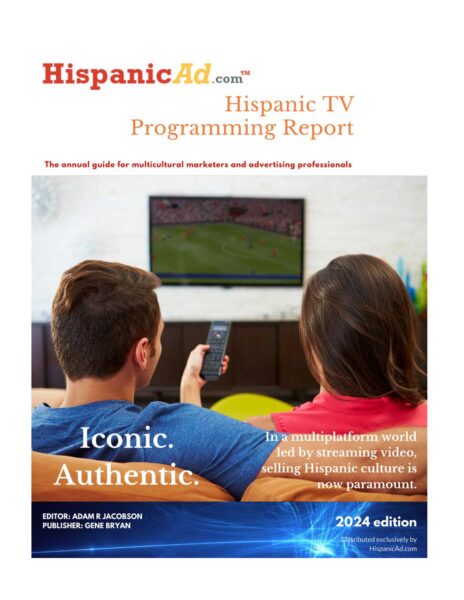Forecasting Demand: What’s a Few Trillion Dollars among Analysts?
February 5, 2012
Consumer demand—and the associated spending behaviors across products and services produced by this demand—is the core engine that drives our entire economy.
In fact, consumer consumption accounts for 71 percent of total U.S. GDP. In this context, consumer demand forecasts will necessarily guide a wide range of financial investments, policies, and resource allocation decisions across both public- and private-sector organizations.
Government estimates of current consumer spending, combined with macroeconomic forecasts, predict that U.S. consumers will spend about $11.5 trillion in 2014.1 These forecasts are based on anticipated annual GDP growth in the range of 2.0–2.5 percent over the next three years, while the consumption to GDP ratio is predicted to stay roughly constant.
Independently, industry analysts build models and generate projections for future consumer spending. In fact, leaders across every major consumer industry (including apparel, automotive, food and beverage, entertainment, home renovation and repair, and telecommunications) have access to multiple forecasts for future consumer demand produced by market research firms, investment banks, and industry associations.
When these independent industry projections are aggregated for categories comparable to those covered by the macroeconomic view, a very different and surprising estimate for total consumer spending in 2014 of $13.5 trillion to $17 trillion is the result.2
Those figures are fully 20 percent to 50 percent above the macroeconomic forecast, which, at the high end of the range, roughly translates to an additional $17,000 spent each year for every single living person residing in the United States.3
Clearly, this aggregation across industries represents an estimate that is wholly unrealistic. While it’s plausible that an individual industry’s forecasted growth might exceed the overall growth rate in spending across the population, this outcome cannot be true across most industry sectors, all of which are competing for a portion of the consumer’s wallet.
Mind the Gap
Industry-specific estimates are created largely autonomously and without the input of a governing body that could provide a macroeconomic perspective and help reconcile forecasts. Operating in this decentralized environment, industry analysts are independently building forecasts that routinely suffer from a few inherent defects.
Dynamic industry redefinition
Lines are blurring between industry, category, and product definitions. As a result, leaders in many industries create a market definition that is inconsistent with other industries and does not fully incorporate the influence of the changing competitive landscape. We see this trend particularly in broad-based services industries (e.g., financial services, health care) that cover a wide range of consumer offerings. There is no agreed-upon taxonomy of industries to define each individual category, which leads to double-counting as boundaries shift across industries.
Intrinsic forecaster optimism
We have all witnessed “hockey stick” projections designed to sway decision makers to invest in a strategy or business plan. In turn, top management teams and boards of directors routinely discount these forecasts. This forecast slashing creates even more motivation to raise the next round of forecasts to take into account the gut-based discounting behaviors of the executives making the ultimate investment verdicts. It is a set of related practices that many companies have come to accept as normal, even though there is nothing inherently normal or rational about this cycle.
Limited future accountability
What happens when an industry forecast fails to accurately predict where we will be in three to five years? Practically, nothing. Organizations rarely do a rearview-mirror analysis. Even when there is a big gap between the forecast and reality, we are quick to explain it away with any number of external factors, many of which could have been foreseen (e.g., a shift in the economy, increased competition, loss of key clients). Unfortunately for everyone involved in this process, perhaps the safest assumption any industry analyst can make is that there will be no future repercussions for creating a forecast that is simply too aggressive.
Creating Economic Value by Reducing the Gap
The logical conclusion from examining the gap between the macro and micro forecast of U.S. consumer demand is that many companies and industries are working with future consumer demand forecasts that range from modestly inaccurate to entirely implausible.
This substantial gap should be a big wake-up call for the business and government leaders who use industry forecasts to set strategies, drive economic policies, and shape investment decisions. There is no doubt that inflated industry-level forecasts have had serious and lasting economic consequences.
Overly rosy sector projections may cause leaders to commit capital and other resources that should have been deployed elsewhere.
For example, over many years, the leadership teams within Kodak’s film business gravitated to optimistic forecasts for how the film industry would continue to survive in the face of digital technology. These forecasts were a key element in a complex chain of events that eventually resulted in bankruptcy for the corporation after more than 120 years in business.
In contrast, when decision makers apply significant and intuitive discount rates (often as high as 50 percent) to “hockey stick” demand projections, the results can be equally corrosive to shareholder value. In this decision-making environment, we have observed far too many marginal bets being placed on future growth opportunities because it is extremely difficult to distinguish the “real” growth opportunities from those that are artificially inflated.
In addition, there is no doubt that within this process significant time and money is wasted if the margin of error around forecasts is very high and/or it doesn’t generate internal confidence to enable the investments to capture consumer demand shifts.
Leaders in every industry will make higher quality resource allocation decisions if they possess more accurate, reliable, and accountable forecasts of future consumer demand. There are a few ways to achieve this outcome:
Demand a more holistic view of shifting demand
As boundaries between categories constantly evolve, future forecasts must consistently incorporate relevant adjacent industry sectors. For example, if you are in the business of providing juice drinks to consumers via retail stores, you should generate a robust set of forecasts for all beverage, fruit, and supplement consumption in the coming years across all relevant channels (e.g., supercenters, grocery stores, restaurants, airplanes, workplaces, schools) and not just forecast juice sales within the retail industry. In turn, those projections must be calibrated with macroeconomic forecasts and aligned with a deep understanding of relevant consumer demand forces. This is best practice at a handful leading organizations, but it is not yet standard practice.
Leverage the latest scientific advances in demand projection
In an era of “big data” that includes an explosion in information, IT capabilities, and analytic methods, there are more opportunities than ever to creatively sense the future using leading-edge science. Companies can now evaluate how consumers are discovering (via search, shopping, and advertising insights), debating (via social media, blogs, and forums) and consuming products and services (via behavioral data). Combining this consumer knowledge with insights into important shifts in the economy, consumer culture, and the global innovation pipeline across industries enables leaders to assemble far more robust knowledge for how consumer demand will shift and evolve in the coming years.
Create a culture of true accountability
What isn’t measured isn’t managed. Leaders must review prior forecasts and reconcile these to the current realities, and they must hold teams accountable for the quality of their forecasts and the performance implications of forecast quality. Doing so will increase the accountability of those who produce and use forecasts, as well as provide lessons to boost forecast accuracy in the future.
Perhaps most important, when considering what is at stake for both public- and private-sector leaders, we believe that industries would benefit from a more collaborative approach to building foundational knowledge about where consumer demand is headed in the next five to 10 years.
While this approach does not require the creation of a governing body to reconcile all forecasts, the massive inefficiency and inaccuracy that results from “going it alone” will eventually give way to more cross-industry initiatives to build a more holistic and reliable projection of future consumer demand that will benefit leaders in every industry.
To view larger chart CLICK above on ‘More Images’.































